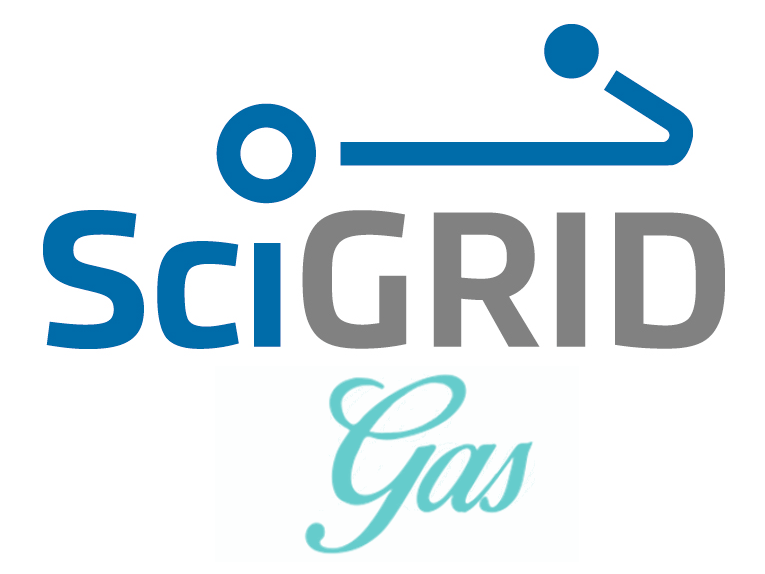Fr 08 November 2019 | -- (permalink)
We are happy to announce, that we will be participating at the next Open Energy modelling workshop.
Currently, we are planning to present a poster about the current progress in the SciGRID_gas project. Further, we will propose the two following tutorial sessions.
Note: All information and data sets required for this tutorial will be supplied, in addition to the tools, that are written in Python. Hence limited Python coding is required by the participants to the sessions, and each participant will need to bring their own laptop, on which a Python version of 3.6 or higher is ready for use.
Tutorial 1: Creating data-sets from OpenStreetMap
Session description:
OpenStreetMap (OSM) is the largest open source project for georeferenced objects. Lately, its database has been proven to be a valuable asset in energy system modelling.
However, the extraction and filtering of (large) OSM data can be challenging with the current applications available and online tools. In this beginner hands on tutorial, we demonstrate a very easy way to filter and store OpenStreetMap data, with a newly developed python library. The library has been created within the SciGRID_gas project to filter and extract European gas transport data. However, it can be used for any kind of OpenStreetMap data by simply adapting the customisable filter expressions.
Additionally, we can also cover some of the following points:
- creation of a network from extracted OSM data
- more advanced network algorithms
- legal situation of the OSM ODbL license
- analysis of current gas transport data in OSM
From our side, we would also like to discuss the automated merging of an OSM data with other data into a coherent network.
Tutorial 2: Mining and processing of a European gas transport network data set within the SciGRID_gas project
Session description:
This is a hands on tutorial, which tries to demonstrate how an open source gas transport network data set can be generated from different online portals. In the following, the necessary steps to unify data sets of different copyright protection levels are discussed. We will introduce and demonstrate some of the tools, that allow the user to get access to the open-data and the copyrighted data, combine the data sources and use such data for their projects.
The tutorial will start off with the introduction of the SciGRID_gas project, its aims and anticipated goals. This is followed by the introduction of the Non-OSM data-sets in conjunction with the OSM data-set. Then some Non-OSM data sources will be introduced and the following tool set will be introduced as part of the hands on tutorial part:
- Using the (freely) open data supplied through the SciGRID_gas project
- Introduction of the copyrighted data sets and their web-location, and some background on the copyright legislation
- Hands-on demonstration of the tools built on how to access copyright protected data sets
- Hands-on introduction on the processes and tools that combine above data sets and generate a single connected gas network data set
- Hands-on introduction of some of the methods used to fill data gaps and missing data.
The participants are expected to gain knowledge of the available data sets, how to access and combine them, and will have their own data set of a gas transport network, to use in their own models later on.
The importation of the SciGRID_gas data sets and networks into your own models is currently NOT part of this tutorial. However, we can give some support if requested.
Background:
Models of the European gas transport network are required, for planning processes, run case scenarios, model the gas consumption, minimize leaks and optimize overall gas distribution strategies. However, most of the data that is required for such models are not accessible, as they contain sensitive operational and economic information. Some of the data that is available is protected by copyright. In addition, most of the European gas transport network is buried under ground, hence little is observable and therefore such information is sparse in the OSM database. This situation extends to include the actual pathways of the pipelines, pipeline diameter, compressor power, or LNG terminal re-gasification capacities.
The main goal of the SciGRID_gas project, funded by the BMWi is to develop tools, that can be used to generate a complete gas transport network data set, containing information on:
- gas pipelines
- compressor stations
- LNG terminals
- gas storages
- gas productions
- gas import
- large scale gas consumption
Part of the 2nd tutorial will be the introduction of each of the components and their attributes, as they will allow or limit the use of the data for future model simulations.
